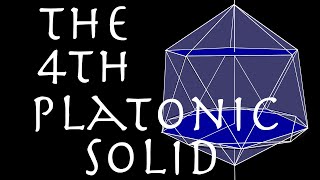Compound of five icosahedra
The compound of five icosahedra is uniform polyhedron compound. It's composed of 5 icosahedra, rotated around a common axis. It has icosahedral symmetry Ih. The triangles in this compound decompose into two orbits under action of the symmetry group: 40 of the triangles lie in coplanar pairs in icosahedral planes, while the other 60 lie in unique planes. (Wikipedia).




















